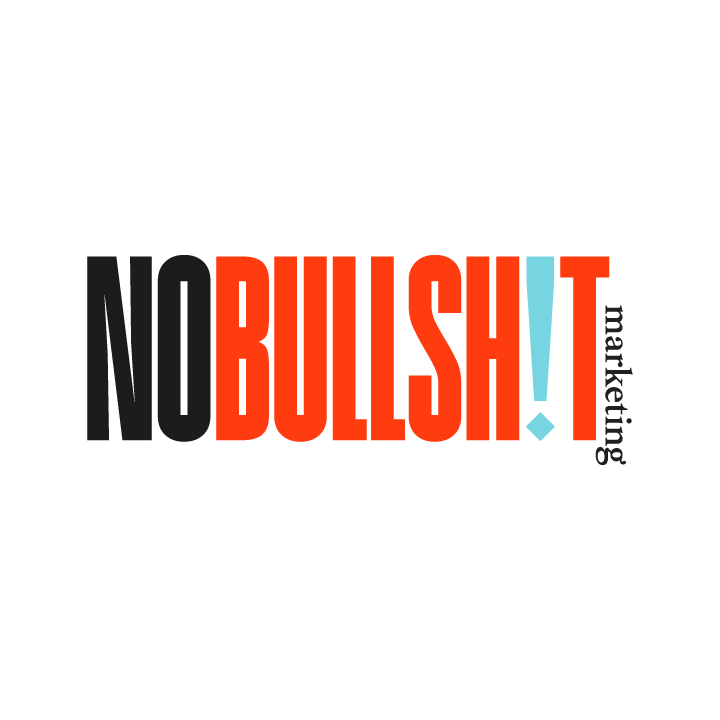Features and Benefits
Let’s talk about how your business changes lives, shall we?
Even if you’re a luxury product or service — that is, what you offer is something people spend money on because they want it, not because they necessarily need it — you still have to know that what you do is changing lives. It’s improving the quality of life for a customer; it’s helping them find joy or relaxation; it’s giving them confidence. In some way, their life is a lot better because they’re investing in your business.
That’s a pretty powerful thought, right? Well, it’s important that you present it to them that way. Your customers need to know how their life is going to be better because they’re spending money on your product or service.
But sometimes these life-changing dreams come true are a little obscure for some consumers. They want to know the concrete facts about your product or service that is supposedly going to make them feel this way.
Features and Benefits - What’s The Difference?
That’s why it’s important that your marketing campaigns (and ultimately your marketing message) communicate both features and benefits of what you have to offer. The terms refer to different marketing concepts, but there’s some overlap and it’s easy to confuse the two.
Let’s start with a basic understanding of the two terms:
Benefits: The ways that your product or service is going to improve your customer’s quality of life. Benefits appeal to a customer’s emotional side, making them feel as if their life isn’t going to be as great if they don’t pull out their wallet and patronize you. (Don’t worry if that sounds a little overly dramatic — we’ll get to how you can express benefits without feeling as if you’re hyping your products or scamming your customer.)
Features: On the other hand, there are features. These are objective facts about your product, things that you might list on a product description. These features are the reason your customers are going to get the benefits that they do.
For Example
Let’s say you’re selling a T-shirt. The features might be that it’s made from 100% cotton, with durable double stitching, and a modern tapered slim-fit cut to it. But the benefits are that this shirt is designed to help you feel effortlessly stylish, never having to waste time or energy trying on T-shirts that don’t fit right or that don’t hold up in the washing machine.
Or let’s say you sell baked goods. The features might be that your products are freshly made in small batches every day without artificial ingredients or preservatives. These features all suggest certain benefits — that these baked goods will taste the way your Grandma used to make them, bringing you back to happy memories of childhood, and you don’t have to worry that they’re unhealthy for you because of the way they’re made.
What Are Your Features and Benefits?
So how do you figure out your features and benefits? Good question. Here’s what you should consider:
Start by making a list of features.
Some of these might seem obvious to you, but they aren’t obvious to your customer. Think about what sets your product or service apart from your competition and makes you unique. Remember to keep these objective rather than getting subjective about them. Saying you have great customer service isn’t as strong a feature as saying you have won an award from a local business networking organization three years in a row for outstanding customer service.
So What?
To figure out the benefits, ask yourself, “So what?” Why does anyone care about these features? In the example of award-winning customer service, why does a customer care about that? The answer is that they know their interaction with your company will not add any stress to their life, and their spending has the risk-free backing of a team that will do whatever they can to make it right if there are problems. Their lives are getting easier and better by going with your company!
What Pain Points Are Your Answering?
If you can’t answer your “So what?” question, then you might need to spend more time thinking about what benefits your business really has to offer your customers. Think about a customer’s pain points — the problems that your business is trying to solve for them. If your customer is somebody who constantly feels as if they can’t depend on anyone, then having great customer service makes their life better by offering stress-free dependability.
Start With The Emotions
People tend to make emotional decisions when they’re buying. Therefore, you plan each marketing campaign so that you’re leading with your benefits and emphasizing those first. Then you can back each of those benefits up with a presentation of your features. Let your customers know how their life gets better thanks to your business, and then back up that promise with the objective reasons they can expect so much from you.
At ASMM Digital, we help you plan strategic, thoughtful marketing campaigns that will get your potential customers to say yes. Reach out to us today by calling 443-679-4916 or emailing ann@asmmdigital.com.

